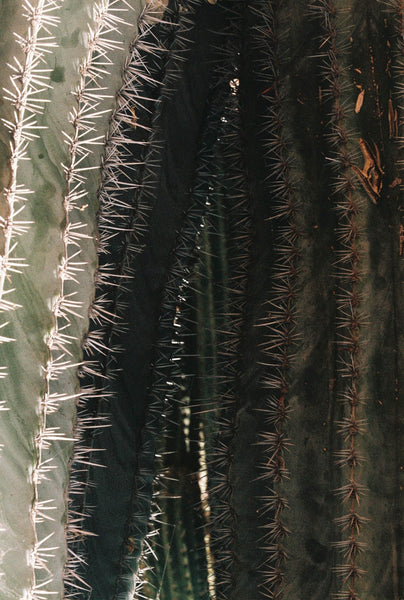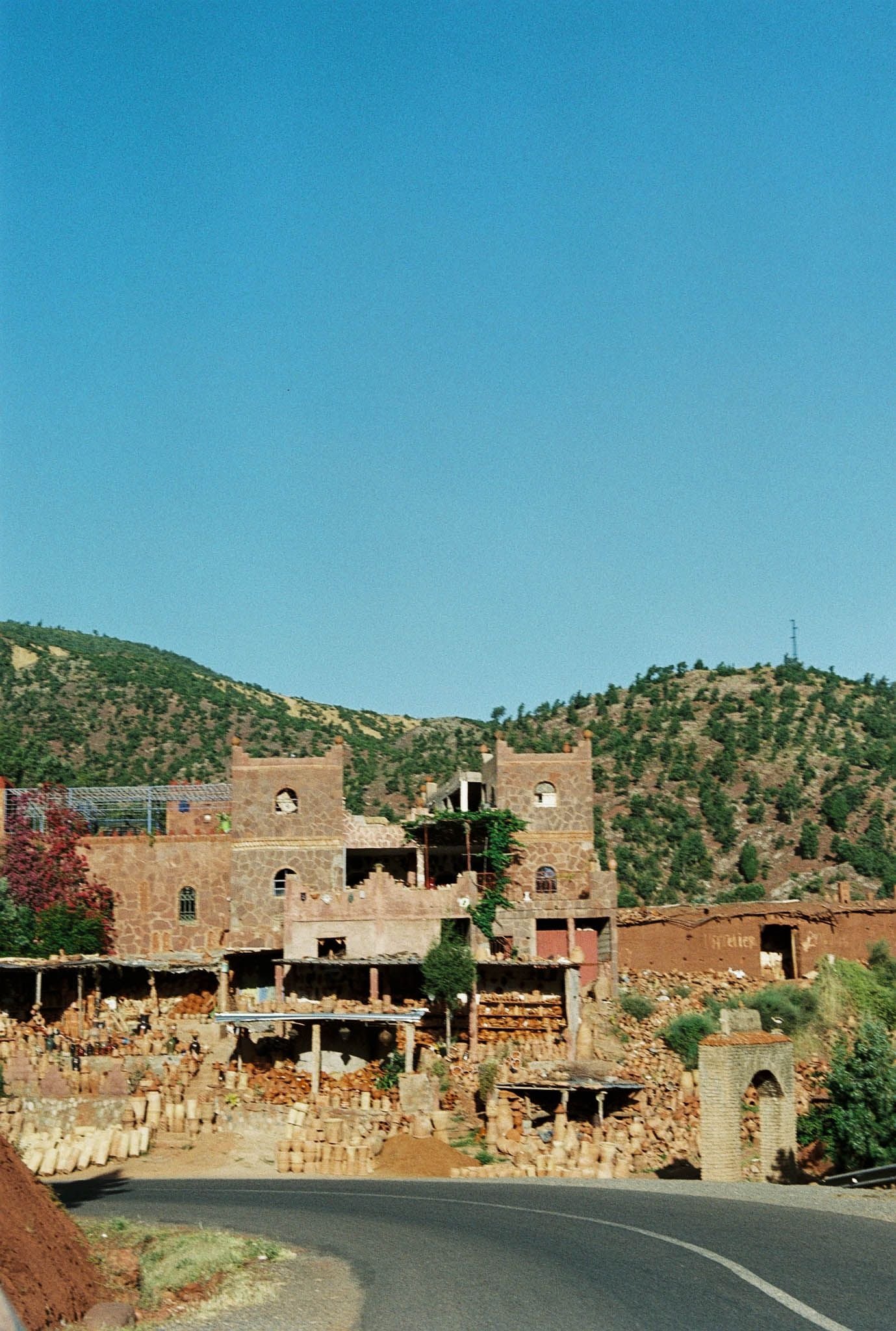If we tried to describe the history of the riads and its specific architecture, there could be only four words, and all of them starting with a letter R, religion, restraint, resourcefulness and remarkable.

RIAD is a type of Moroccan house with a very curious construction, which is closely associated with Islam. Mainly because it is about the fact that women don´t have to leave the walls of the house at all and have privacy in them. What's more, it is also strictly justified due to the Moroccan climate. All rooms in the riad have exit to the courtyard, where the temperature is always slightly lower than the outside of the building. Although, they are not originally from Morocco but Andalusia. Floors and walls are covered with traditional, colourful mosaics. This type of mosaic has been brought back to Morocco by Muslims from Spain, where they were popular especially in the fourteenth century.
Thick walls of houses provide isolation from the bustle of the medina, thanks to which there are peace and quiet inside. The courtyard of the riad is a place where household members spent a lot of time, which is why it is usually beautifully decorated.

The term riad originates from the Arabic term for garden. In the central point, there is always a fountain, while in the corners - trees, usually orange or lemon.
The first preserved riads are in the open museum in Volubilis. They come from the time of the Idrisid dynasty. Most riads in which tourists can now sleep or eat come from the period from the 16th to the 19th century.
KSAR has a completely different character. These are a response to the turbulent history of Morocco, and also a reflection of it. These extremely impressive buildings are found south of the Middle Atlas mountains. Those who think that ksar is one building are wrong. In practice, it is a whole, self-sufficient village.

In the central part of such a fortified village there is a square, usually with a well, near which is a granary and a mosque. A maze of narrow streets that are surrounded by residential houses leaves the square. The whole is surrounded by a thick wall with numerous watchtowers.
Ksars have masking colours, because they practically do not differ from the surrounding mountains. It is directly related to the material from which they were built, i.e. clay, stones and tree trunks (e.g. palm trees).
When such buildings are located in an extremely dry climate, nothing threatens them, but it is much worse when it starts to rain. Washed constructions become brittle and begin to crumble. Keeping them in good condition sometimes becomes impossible, that's why in many places we can see abandoned ksars, which age does not exceed several dozen years.
The basic difference between a ksar and KAZBA is that ksar is for the whole community, while Kazba is a building for one family.Kazba usually has a square shape and resembles a smaller ksar. It is built of fire-rated brick, which is why the colour, just like with ksar blends effectively.
It is worth saying where the name "kazba" comes from. It is derived from the Arabic word "qasabah", which literally means "fortress," but also "reed."
Currently, the name kazba is often used to refer to the medina (i.e. the old part of the city) or a narrowly built, fortified district situated on the slope of a hill.

Although it would seem that both ksar and Kazba (or Kasba) have mainly a defensive task and are very ascetic structures, there is nothing more wrong. Even with this type of architecture, after a closer look, we can see numerous ornaments. Usually, these are geometric patterns carved on the walls or painted on them with paints. Often they create the illusory impression of delicacy and even the filigrees of powerful lumps.
Text by: Marta Marszalek
Most of the Photography by: Paul Conradi


